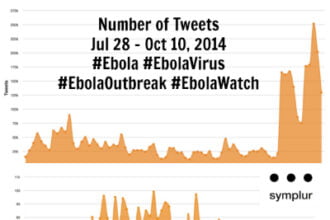The emergency department entrance at Mayo Clinic’s Saint Marys Hospital.
A recent case from Dayton, OH highlights the tangled mess of emergency department specialty coverage, federal law, and out-of-network insurance benefits. When these interact, patients, doctors, insurers and hospitals can be left frustrated and perplexed.
Here’s a brief summary:
A 6 yr old boy suffered a fingertip injury and the emergency staff called the covering plastic surgeon, who repaired the injury. The surgeon, who does not participate with insurance, submitted a bill for approximately $8000. The insurance company paid 80% of what it determined to be usual and customary charges, leaving the family the remainder, approximately $6000. They were unaware the surgeon was out-of-network. The hospital later changed call coverage, contracting with another group that accepts all insurances.
This case illustrates how current on-call realities can fail all four parties: patients, hospitals, insurers, and on-call doctors.
First, a few preliminary facts:
- The Emergency Medical Treatment and Active Labor Act (EMTALA) applies to hospitals accepting federal funds. It does not allow for a discussion of financial considerations prior to rendering care. (It is less clear whether this applies to independent physicians or just the hospital).
- Doctors in private practice are not required to participate with insurance, and do not work for the hospital.
- Hospitals often do not pay for on-call coverage. Some hospitals may have other sources of funding for serving the uninsured, but such arrangements may not apply to the covering doctors.
- Insurers may send payment directly to patients for out-of-network care. When this happens, doctors try to recover from the patient, often receiving nothing.
- On-call doctors summoned by the Emergency Department cannot refuse, and as noted above can’t discuss financial considerations, such as their insurance participation status.
- In specialties such as plastic surgery, on-call doctors are sometimes called in for non-emergencies.
When these factors intersect as in this case, there can be confusion and finger-pointing. The doctor may be upset at being inappropriately called (not so in this case), or not paid. Patients may be surprised by a large bill despite having insurance. Hospitals risk a public-relations problem if patients complain. Insurers limit their out-of-network liabilities or risk being overcharged. All of these positions have some validity.
The essence of the problem is not the Emergency Department’s behavior, the out-of-network status of the doctor, or the insurance company’s payment policy.
The problem is that under EMTALA, care is mandated but payment is not, and no cost discussions are permitted. Hospitals and doctors know this, but all too often nothing is done to plan for the inevitable misunderstandings.
The solution lies with hospital executives meeting with each specialty, and figuring out how get patients the emergency care they need, that specialists are available and billing surprises do not occur. There are many options, such as paying for call, providing for payment if patients are uninsured, or an agreement that there will be a limiting charge in emergency situations. Some hospitals may decide that hiring specialists meets their needs. Plenty of options are possible though they need vetting for legal correctness.
As the healthcare delivery system evolves, creative on-call solutions may be required. What works in one community may not be optimal for another. But with an open approach, and all stakeholders working together, collaborative solutions are possible.
Related articles
- ER overcrowding hurts minorities in California (eurekalert.org)
- Children’s Hospital Boston testing three innovative telemedicine pilots (medcitynews.com)
- Health Insurance Definitions: What the Terms Mean (health.usnews.com)





-300x220.jpg)


